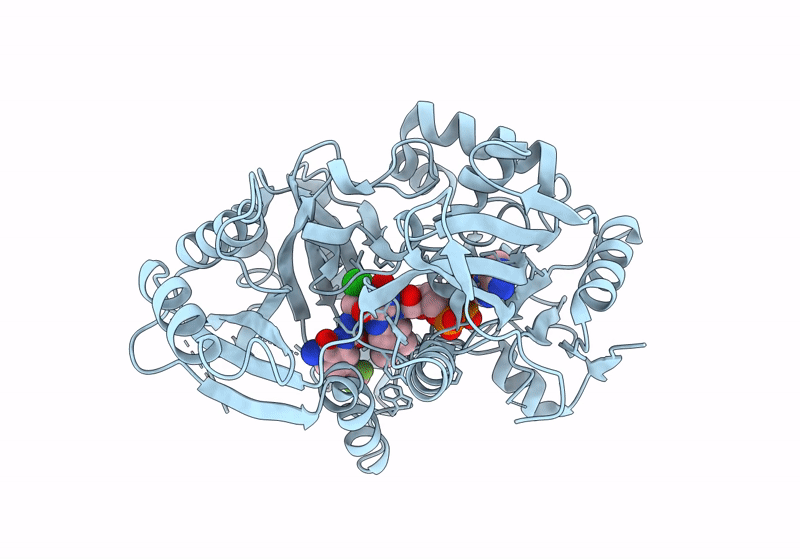
Deposition Date
2023-02-16
Release Date
2024-02-28
Last Version Date
2024-11-06
Entry Detail
PDB ID:
8CKT
Keywords:
Title:
Crystal structure of maize cytokinin oxidase/dehydrogenase 4 (CKO/CKX4) in complex with inhibitor 2-[(3,5-dichlorophenyl)carbamoylamino]-4-(trifluoromethoxy)benzamide
Biological Source:
Host Organism:
Method Details:
Experimental Method:
Resolution:
2.00 Å
R-Value Free:
0.23
R-Value Work:
0.19
R-Value Observed:
0.19
Space Group:
P 43 21 2


